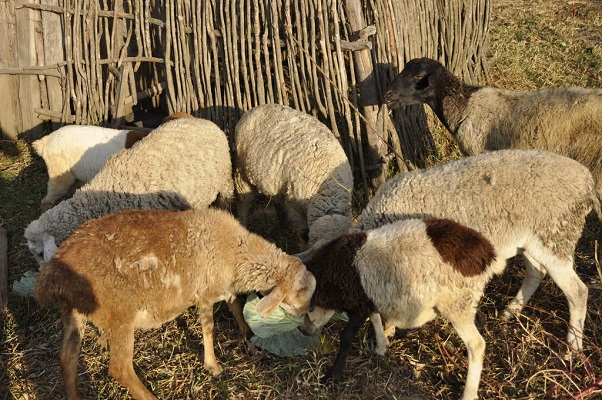

Young ewes generally reach puberty between 7 and 12 months of age, although there are differences between breeds, and environmental conditions such as feeding and care also play a role.
Ewes this age are not suitable for breeding immediately, however; they should have a body mass of at least 40kg or 2/3 of adult mass before they are paired for the first time.
Animals pair during a period of ‘ruttishness’. The ewes are restless, shake their tails repeatedly and have a slightly swollen vulva. Note, however, that these signs are not as obvious in sheep as in cows.
This is followed by a ‘breeding rest’, during which pairing does not take place. These periods follow a cycle controlled by hormones. The cycle is repeated every 14 to 19 days.
Ruttishness lasts for an average of 27 hours, but can be as short as three hours in the case of young ewes. Under favourable conditions, breeds such as the Merino, Dohné Merino, Meat Merino and Dorper become ruttish throughout the year.
But sexual activity is generally seasonal, determined largely by the length of daylight – when the days become shorter in autumn, sexual activity increases. At the start of hot season, when days become longer, sexual activity is at its lowest.
Rams can produce fertile seed when they are six to eight months old but are generally not used for servicing before 18 to 24 months. Their sexual activity is not as seasonal as that of ewes, although it is at its highest in autumn.
One of the best indicators of ruttishness is the presence of rams among ewes. Ewes on heat seek out rams and stay close to them, repeatedly rubbing their necks or bodies against the rams. Teasers or rams with aprons, which prevent penetration, can be used to identify ewes on heat.
 Contact Jaguza Support
Contact Jaguza Support